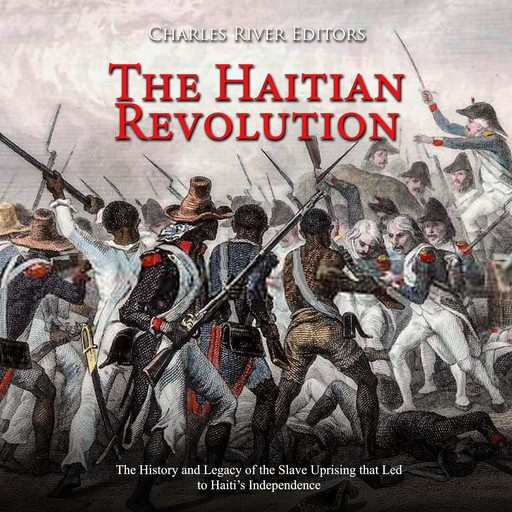Hispaniola entered the European record in 1492 when Christopher Columbus made landfall on its southern shore during his first trans-Atlantic voyage, and he named his discovery in honor of the Spanish Crown that had funded and sponsored the voyage. Leaving the crew of the wrecked Santa Maria on the island, he returned to Europe, leaving his men to establish the foundations of the settlement of La Navidad and the first beachhead of the European seizure of the Caribbean and the New World. Columbus would revisit the island three times, leading a vanguard of pioneer colonists to commence the exploitation of the New World.
The indigenous people of Hispaniola, the Tainos and Arawak, initially greeted the landing with ambivalence, but as more and more of them were enslaved, and as their country was occupied, they entered a period of precipitous decline. Through a combination of disease, the violence associated with enslavement and general assimilation, they had virtually disappeared from the landscape within a century. Meanwhile, as the Spanish colonists looked around them, searching for a means to exploit this great discovery, and as the occupation spread to the mainland and the interior of South America, the early search for minerals yielded to the establishment of a plantation economy, with an emphasis initially on sugar, and later cotton, coffee, indigo and other crops.
Thus, even by the 16th century, slaves were being imported to Hispaniola, and over the next few centuries, the population of African slaves came to represent a sizable majority of the population there. This would set the stage for one of history’s most unique revolutions.

